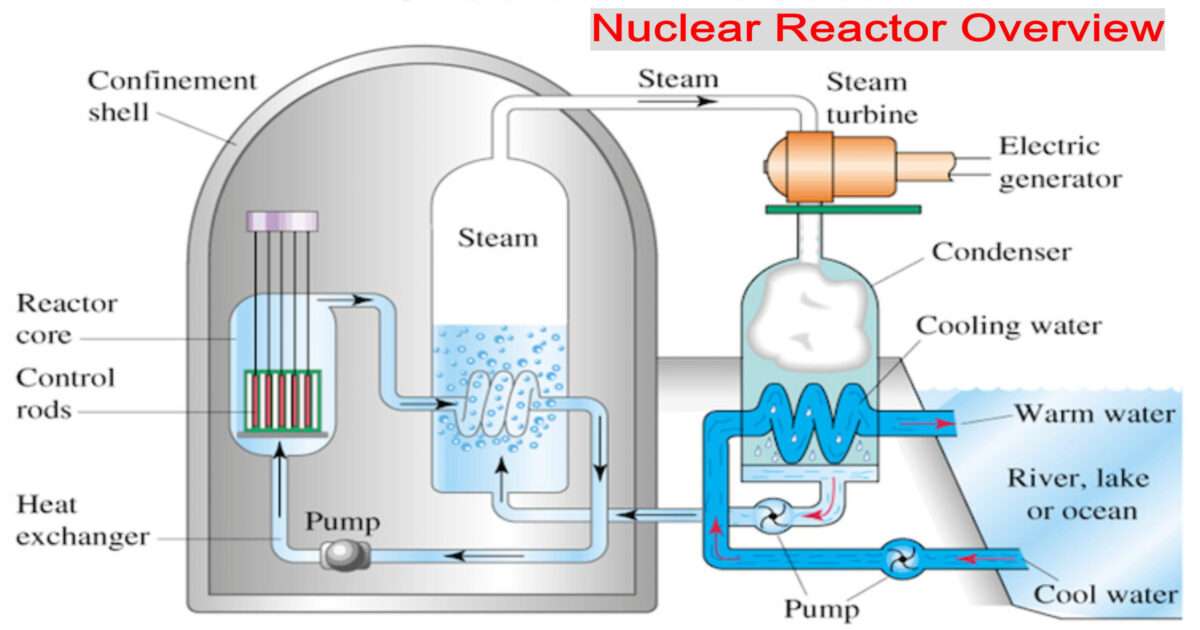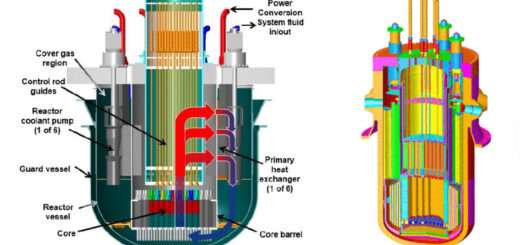Nitric Acid Manufacturing Process

Nitric Acid Manufacturing Process
Nitric Acid Manufacturing Process
Nitric Acid is a highly corrosive mineral acid. It is colorless in appearance similar to water but older samples happen to acquire a yellow color of different shades depending on its decomposition into oxides of nitrogen inside water or due to dissolution of nitrogen dioxide in to the water.
Nitric acid is utilized a lot in Fertilizers, Explosives, Dyestuff, Fibers, Plastics, Fuel and Etching industries. The concentration which is most common and commercially available to buy in market is about 68% nitric acid.
If the concentration of nitric acid is between 68-95% then it is called red fuming nitric acid. It is primarily used in rocket fuel industry and if the concentration of nitric acid is above 95% then it is called white fuming nitric acid and it primarily finds its use in etching industry. Nitric acid was known in ancient times as ‘aqua fortis’ and it was primarily used to separate gold and silver.
The Ostwald Process for production of nitrogen used ammonia as it’s primary raw material. The nitric acid is produced by a series of oxidation steps starting from oxidation of ammonia. The other raw materials are water and a source of oxygen, commonly air is used.
There are three primary chemical reaction steps in the Ostwald Process:
- Catalytic oxidation of ammonia to yield nitrogen monoxide.
- Oxidation of nitrogen monoxide to yield oxides of nitrogen.
- Absorption of oxides of nitrogen in water to yield nitric acid.
4NH3+7O2→4NO2+6H2O
4NO+2O2→2NO2+N2O4
4NO2+2H2O+O2→4HNO3
The liquid nitrogen is first vaporized and converted into the gaseous state and then it is passed through a filter in order to remove any impurities present in the raw material. The air is compressed and passed through a heat exchanger in order to increase its temperature and then the preheated compressed air is passed through a filter to remove impurities if any. The air and ammonia are then mixed in a mixer type equipment.
This mixed gas is passed to the converter. The converter is the heart of the process. The first chemical reaction steps occur in this equipment. This equipment contains gauzes of catalysts. Platinum or Platinum-Rhodium catalysts are used in the process if platinum-rhodium is used then rhodium amount is kept at 10%. The ammonia is catalytically oxidized in presence of oxygen to primarily yield nitrogen monoxide. This is done by maintaining the reaction temperature at 920°C and pressure at 1-1.4 atm. The by products which are formed are water and nitrogen. Enough oxygen remains in the output of the converter for the next chemical reaction steps to occur further down the line.
The gases from the outlet of the converter are first cooled by passing it through the cooler and after that the second chemical reaction step occurs in which nitrogen monoxide gets oxidized to oxides of nitrogen, primarily nitrogen dioxide and secondarily dinitrogen tetroxide. These are passed through a condenser in which some amount of nitric acid may be obtained. The major bulk of nitric acid is obtained in the absorption tower. The condensed nitric acid is directed in to the absorption tower to get mixed with the bulk of the acid being produced.
The oxides of nitrogen are passed into the absorption tower which is continuously fed with air so as to convert more of nitrogen monoxide to oxides of nitrogen and also continuous supply of water is maintained in such a way that the output of nitric acid from absorption tower has a concentration of 60%. The efficiency of the absorption tower increases if pressure is increased; the pressure is maintained at 10 atm. If the temperature is decreased slightly, for example by 2°C then the concentration of the nitric acid obtained increases by 5%, it means 65% of nitric acid will be output from the absorption tower.
If required, the nitric acid is further concentrated by process of distillation. Yield of 94-95% can be obtained if this process is also integrated.
































